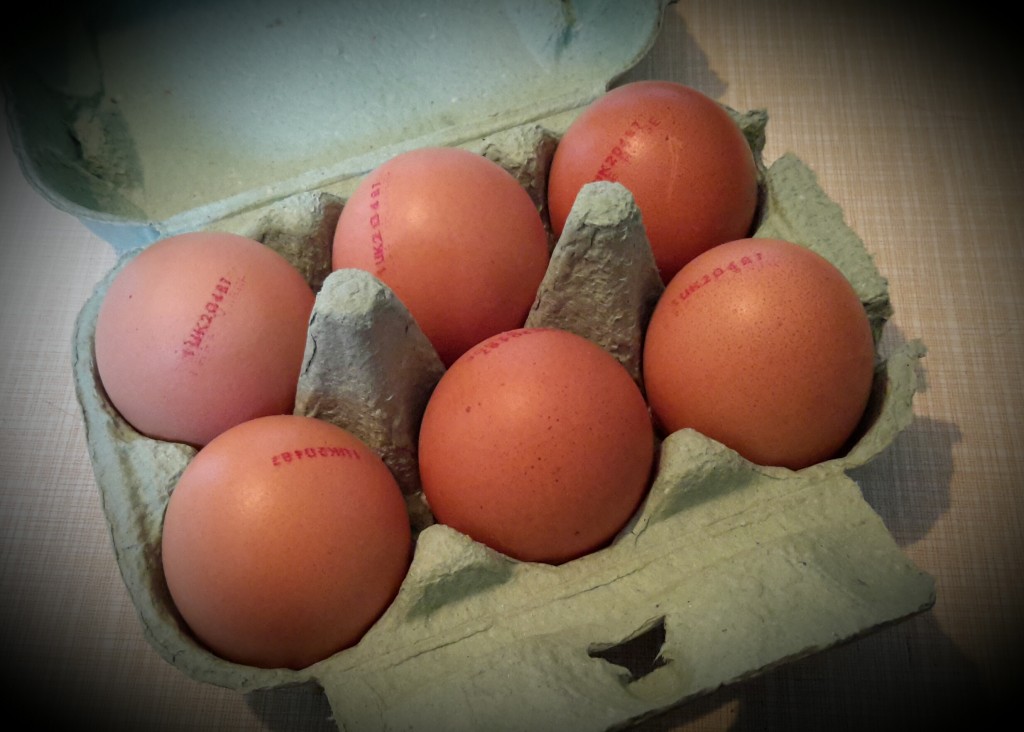Vitamin D can be absorbed from food or produced in the skin via the action of sunlight. Once in the bloodstream, vitamin D is hydroxylated to 25-hydroxyvitamin D, the biologically active form of the vitamin. Discrepancies between the 25-hydroxyvitamin D concentrations in plasma and dietary intake and subcutaneous production of vitamin D can be explained by the presence of preformed 25-hydroxyvitamin D in foods. However, little research has been performed to date on the 25-hydroxyvitamin D content of the diet. Food sources of vitamin D are limited to eggs, fish, meat, offal and dairy products. In addition to vitamin D, these foods also contain preformed 25-hydroxyvitamin D. Milk and fish contain less than 0.1 μg per 100 g and meat and offal contain between 0.2 and 0.4 μg per 100 g. Eggs are a rich source of preformed 25-hydroxyvitamin D and may contain up to 1 μg per 100 g. Not only is 25-hydroxyvitamin D absorbed more quickly than vitamin D, but it is also already in the activated form of the vitamin which gives it greater biological effects on cellular metabolism.
Ovesen, L., Brot, C. and Jakobsen, J. 2003. Food content and biological activity of 25-hydroxyvitamin D: a vitamin D metabolite to be reckoned with? Annals of Nutrition and Metabolism. 47(3-4): 107-113

The amount of vitamin D required to make 25-hydroxyvitamin D is not fully known, but estimates suggest that 1.5 to 5 times the amount of vitamin D is required to convert into an equivalent amount of 25-hydroxyvitamin D. Studies not taking into account the amount of preformed vitamin D in foods are therefore likely to underestimate the vitamin D status of the individual. Eggs contain 1 μg per 100 g of 25-hydroxyvitamin D and so eating 4 eggs (~ 200 grams) could provide an amount of 25-hydroxyvitamin D equivalent to 120 to 400 IU (3 to 10 μg) of vitamin D.
